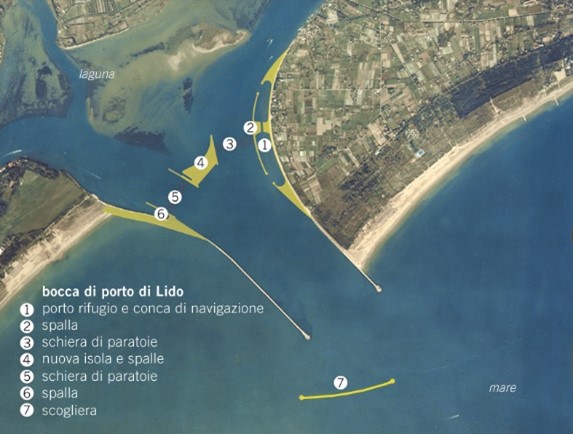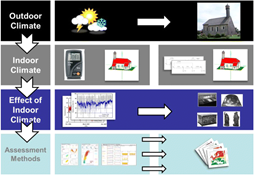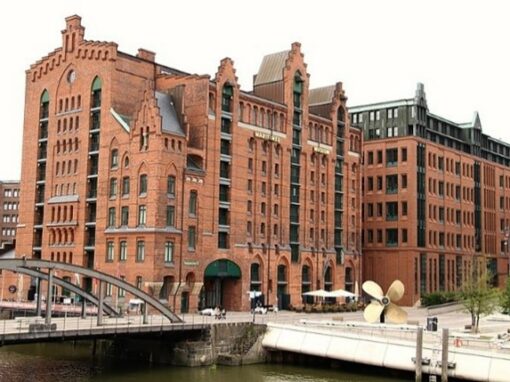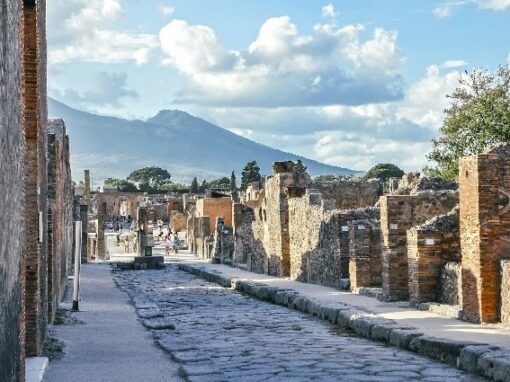Flood protection in the Venetian lagoon: Modulo SperimentaleElettromeccanico (MOSE)
Venice, Italy
Lead
Main hazard(s)
Disaster Risk Management phase(s)
Type(s) of measure(s)
Background
During the last decades, the Venice lagoon has been subject of increasing natural and anthropogenic hazards and land use management has resulted in loss of 25cm of land level in the last 100 years. This, along with the prognostic of increasing temperatures due to climate change places Venice in a vulnerable spot.
The main intervention in Venice lagoon relates to the MOSE integrated system, consisting of a series of mobile gates located at the inlets of the lagoon. When floodgates are inactive, they are underwater and lie completely invisible in housings placed in the backdrop. In the event of a particularly high tide event which could cause flooding of the territory, compressed air is introduced into the sluices which empties it from the water. As the water exits the sluice gates, rotating around the axis of the hinges, they rise up to emerge and block the flow of the incoming tide in the lagoon.
MOSE is complemented with other measures designed to protect the Venice Lagoon area against flooding. Different measures include the reconstruction of the beaches along 63 km of coastline, the reinforcement of breakwaters, the local defence of urban centres (including raised pavements) and the securing of polluted sites through phyto-biopurification.
Sources
For more information on MOSE, visit: https://www.mosevenezia.eu/lagoon/?lang=en
Other relevant sources
https://www.mosevenezia.eu/lagoon/?lang=en
https://www.coastal-management.eu/measure/example-mose-system-mobile-flood-barriers-venice-it







